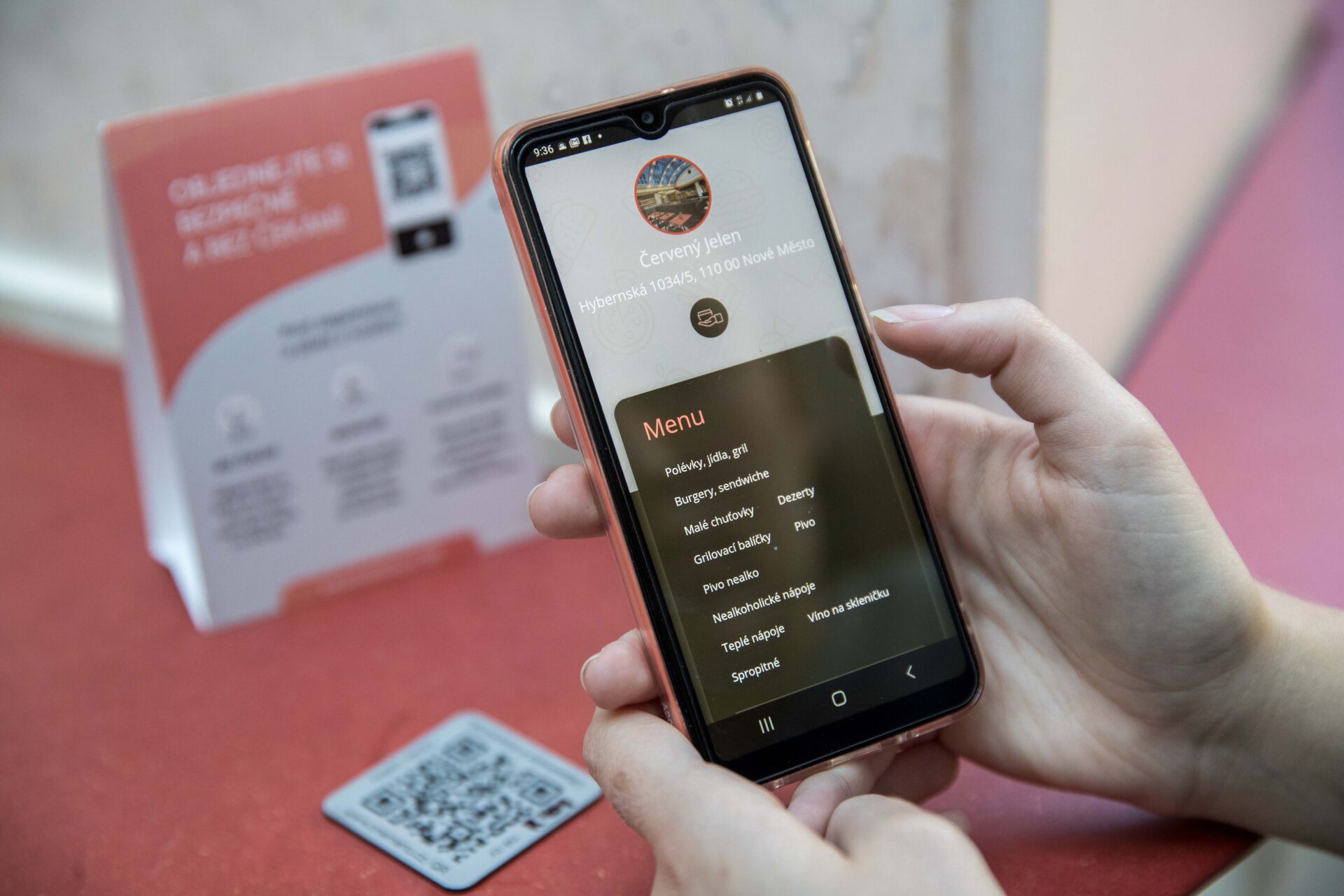Originally I wanted to handle this commentary with one piece of advice: digitalize yourself and adapt your operation to demand. Because that’s how simple it is. But at the same time I want us all to understand the entire problem thoroughly That it involves a sudden switch from what worked up to now to an entirely different way of thinking. According to data from our portfolio company Storyous, which is used by over three thousand restaurants, compared to the summer only 57 % of establishments are open and revenues are declining. Isn’t it time to turn this trend around?
Digitalization everywhere
And also to understand digital marketing. Covid or not, the time for relying only on word of mouth is long past. Correction – “back then”, some businesses could afford this luxury. Cafeterias near office parks often flew in comfortable auto-pilot mode, and little cafés in hip neighbourhoods could depend on faithful local regulars. But now it§s necessary to let everyone know about your business and what it has to offer. A nice website, functional SEO, and keywords for easy searchability on Google: that’s the foundation you have to build on. An out-of-date menu, old phone number, website under construction? Never.
New customers = the new normal
Satisfied customers aren’t enough. The ones that were still visiting you with dependable regularity at the end of September may not show up for another couple of months. Think in terms of context: are there a lot of offices near your business? I’ll guarantee you that since yesterday everyone is working at home. The solution? Focus on the people who still remain in your part of town but up to now weren’t your target group. Perhaps they’re young families with children, perhaps they’re seniors. Find out, and adapt accordingly.
Review your menu
You’ve analyzed your target group, but you’re still offering the same things as in the “pre-Covid” era. And that’s a mistake. I may be repeating myself, but you have to adapt. Get inside your customers’ heads. What would they like to eat while under quarantine? Do they want to reheat your type of food in the microwave? Might it be better to offer “Take & Bake” kits? Do you need to pare down your menu and reduce prices? Or do you need to raise the price of too-cheap items? Will the price of a minimum order cover delivery costs? It’s necessary to consider all of these questions and to put the menu and its prices in a new context.
Make ordering simpler
Accept the fact that your customers are no longer passers-by, but people placing orders. Save them and yourself time, and make ordering as convenient as possible. Everything should work on-line, or at least over the phone. That’s another thing you shouldn’t ignore. When you’re talking with one customer, you can lose another five. A voice message saying something like “we’ll get back to you in a minute” should be matter-of-course.
Be visible everywhere. And use OneMenu from Storyous
Information about the “rip-off” practices of delivery platforms that slice off 20-30 % of every meal sold for their services has been making the rounds for a long time now. Don’t boycott them, but rather be smart and use them to your benefit. Delivery aggregators can serve as a way finder – you might lose some pocket change on the first order, but the second time around, satisfied customers will come directly to you to order their lunch. Either on foot, or using your own delivery service. But that’s only if you’re honest with them and ask them to do so in these difficult times. In a simple and down-to-earth manner – perhaps by including a card with the order. Another excellent alternative is OneMenu take-away from Storyous, which charges a mere 3-4 % of the price. Explain to the customer that by using it they’ll be supporting you.
The customer is always right
This is very ordinary, but nevertheless effective advice. Ask questions, ask for feedback, listen. What would your customers like? What didn’t they like about their order? Was it tasty? Can they afford a four-course family menu? Are they willing to finish cooking their food at home? Or do they want absolute full service? You can’t behave according to everyone’s wishes, but customer opinion has never been more relevant than in today’s trying times.
Just like in life, there’s no single, magic formula in the restaurant industry that with the wave of a magic wand will open pubs, increase revenues, and eradicate Covid for good. That’s why these steps may seem trivial to some. And others may only now have “opened their eyes”. One way or the other, I hope that most of us, people from the restaurant industry, have a similar perspective on this topic as I do. Digitalization, adaptation, thinking different. That’s simply a recipe I trust.



